Freeride skis are designed for off-piste terrain and deep powder skiing. They stand out due to their wide profiles, advanced materials, and features tailored for stability, control, and flotation. In 2025, freeride skis are lighter, more durable, and eco-friendlier than ever, making them a top choice for powder enthusiasts.
Key Features of Freeride Skis:
- Width: 100–125 mm waist for better snow float.
- Profiles: Rocker in the tip and tail for flotation; camber underfoot for edge grip.
- Materials: Wood cores, carbon fiber, and titanal for strength, durability, and lightweight performance.
- Sustainability: Eco-friendly designs like recycled steel edges and vegetable oil-based top sheets.
Advantages:
- Excellent performance in deep snow.
- Lightweight for easier handling.
- Durable construction for rugged terrains.
Quick Comparison: Freeride vs. Alpine Skis
| Feature | Freeride Skis | Alpine Skis |
|---|---|---|
| Snow Performance | Ideal for deep powder | Best on groomed runs |
| Width | 100–140 mm | 70–90 mm |
| Turn Control | Smooth in mixed snow | Precise on hard snow |
| Weight | Heavier | Lighter |
| Portability | Less portable | Easier to carry |
Freeride skis are your go-to for powder days and off-piste adventures. For versatility and performance, consider options like the Rossignol Sender Free 110 or Black Crows Corvus. Pair them with the right bindings and size for your style and terrain.
How to Start Freeride Skiing | Advanced Skiers Improve
Design and Features
Freeride skis are crafted to strike the perfect mix of float, stability, and control, making them ideal for off-piste adventures and deep powder conditions. Let’s break down the key design elements that make these skis excel.
Width and Snow Float
One of the standout features of freeride skis is their width, which typically falls between 100 mm and 125 mm at the waist. This added width increases the ski's surface area, helping it stay afloat in deep powder while still allowing for nimble movement. For example, the 2025 Rossignol Sender Free 110, with its 110 mm waist, demonstrates this design focus perfectly.
Shape and Flex Patterns
Modern freeride skis use a combination of rocker and camber profiles to adapt to varying snow conditions. The rocker in the tip and tail improves floatation in soft snow and makes it easier to initiate turns, while the camber underfoot ensures solid edge grip and stability on harder, packed surfaces. Additionally, a progressive sidecut runs the length of the ski, creating smoother transitions when turning.
Here’s a quick breakdown of these profile features:
| Profile Element | Location | Primary Benefit |
|---|---|---|
| Rocker | Tip and Tail | Better float and easier turn initiation |
| Camber | Underfoot | Stronger edge grip and stability on firm snow |
| Progressive Sidecut | Full Length | Seamless and fluid turn transitions |
Build Materials
The materials used in freeride skis are carefully chosen to enhance performance:
- Wood Cores: Deliver a natural flex and efficient energy transfer.
- Carbon Fiber: Adds strength without increasing weight.
- Titanal: An aluminum alloy that boosts stability, especially at high speeds.
Innovations like Rossignol's Air Tip technology further refine performance by reducing the swing weight at the ski's extremities. This makes the skis easier to maneuver in deep snow while maintaining stability.
Comparing Ski Types
Understanding the differences between freeride and alpine skis is essential for choosing the right gear for your skiing style. Let’s break down how these two types stack up in key performance areas.
Deep Snow Performance
Freeride skis excel in deep powder thanks to their wider waist widths, which typically range from 95–140 mm, compared to the narrower 70–90 mm found on alpine skis. This extra width provides better flotation, making it easier to glide over soft snow. Additionally, their pronounced rocker in the tips and tails not only improves float but also simplifies turn initiation. On the other hand, alpine skis, with their minimal rocker, can struggle in heavy powder, often sinking instead of staying on top.
Turn Control
The differences in turn control highlight the strengths of each ski type. Alpine skis are designed for groomed slopes, where they deliver precise edge grip and quick responsiveness, making them ideal for carving. Freeride skis, while more versatile, can feel less responsive on hard-packed trails due to their wider build.
However, in off-piste and mixed conditions, freeride skis shine. Modern designs, like the Rossignol Sender Free 110, offer a balance of stability at high speeds and agility in technical terrain. Their advanced rocker profiles and sidecuts make them well-suited for navigating varied off-piste landscapes.
Weight and Transport
When it comes to weight and portability, the differences are clear:
| Aspect | Freeride Skis | Alpine Skis |
|---|---|---|
| Overall Weight | Heavier due to wider construction | Lighter and more compact |
| Stability | More stable at high speeds on rough terrain | Less stable on uneven surfaces |
| Portability | Harder to carry and store | Easier to handle and transport |
| Uphill Travel | More tiring during bootpacking | Less effort required to carry uphill |
| Durability | Built for rugged conditions | Optimized for smooth, groomed runs |
To address the weight concerns of freeride skis, manufacturers are incorporating advanced materials. For instance, the Blizzard Rustler 9 uses lightweight construction techniques that maintain durability while improving control.
This balance of performance and practicality ensures both freeride and alpine skis serve their intended purposes effectively, depending on where and how you plan to ski.
Selecting Freeride Skis
When choosing freeride skis, it's important to match the ski to your style, skill level, and the terrain you'll tackle. Here's how to make the right choice.
Size Guide
The length of your skis plays a crucial role in performance. As a general rule, they should stand somewhere between your chin and the top of your head when upright. Adjust based on your skiing preferences:
| Skier Profile | Length Adjustment | Benefits |
|---|---|---|
| Aggressive/Advanced | +5 to +10 cm | Greater stability at high speeds |
| Playful/Freestyle | -5 cm | Easier to maneuver for tricks |
| Heavy Build (180+ lbs) | +5 to +10 cm | Extra support and improved float |
| Light Build (<150 lbs) | -5 cm | Better control and easier turning |
For example, the Rossignol Sender Free 110 comes in lengths ranging from 160 to 191 cm, making it a versatile choice for a variety of skier profiles. Once you've nailed down the length, it's time to focus on features that perform well in powder conditions.
Powder Skiing Specs
Deep powder skiing demands specific ski dimensions for the best experience. Keep an eye on these key specs:
- Waist Width: A width of 110–120 mm or more ensures excellent float in deep snow.
- Tip Width: Tips that are 5–10 mm wider than the waist help improve flotation.
- Tail Width: Slightly narrower tails enhance maneuverability.
Take the DPS Kaizen 112 as an example. With a 112 mm waist width and a pronounced rocker profile, it balances exceptional flotation with versatility for variable snow conditions.
After selecting skis with the right length and powder-friendly specs, make sure your bindings are set up to match your style and needs.
Binding Setup
Bindings and their mounting positions significantly affect both performance and safety. Here's what to consider:
- Traditional Mount: Positioned slightly back from center, this setup boosts performance in powder.
- Forward Mount: Placed 1–2 cm forward of the traditional position, it offers better freestyle responsiveness.
- DIN Settings: Adjust release values based on your weight and skill level for safety.
For resort freeriding, traditional alpine bindings deliver reliable power transfer and security. If you're eyeing occasional backcountry adventures, Alpine Touring (AT) bindings offer versatility without sacrificing downhill performance.
To maintain balanced performance, always follow the manufacturer's recommended mounting marks.
sbb-itb-17ade95
Snowfeet Short Ski Options
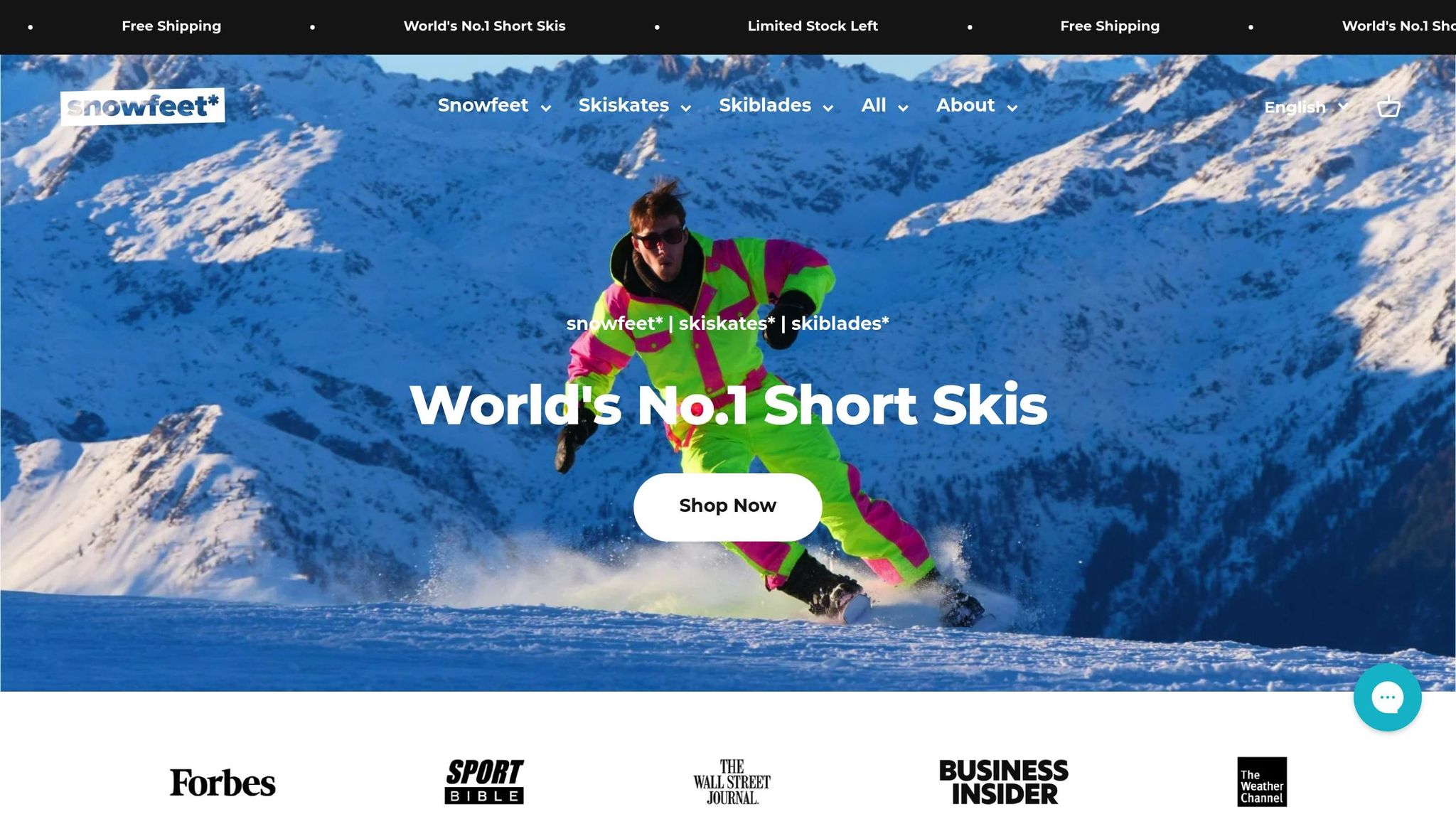
Freeride skiing has taken a creative turn with gear that challenges the usual designs. Snowfeet's short skis are a standout, offering a mix of portability and versatility for powder lovers and big mountain explorers.
Snowfeet Skiblades Features
| Length | Best For | Key Features |
|---|---|---|
| 65 cm | Tree runs, moguls | Weighs about 1.5 lbs, designed for maximum agility in tight, technical terrain |
| 99 cm | All-mountain, powder | 30% more surface area than the 65 cm model for better float in softer snow |
| 120 cm | Deep powder, high speed | Offers enhanced stability and float for deeper snow and faster descents |
All models come equipped with steel edges for reliable grip and a versatile binding system that works with nearly any type of boots. The 99 cm and 120 cm versions also feature wider platforms, giving you better flotation while still keeping agility intact.
Beyond skiblades, Snowfeet has also ventured into backcountry skiing with a clever twist.
Walkski Features
The Walkski Backcountry Touring Skis (100 cm) are built for adventurers who want to explore untouched powder. Here’s what they bring to the table:
- A 100 mm waist width that performs well in deep snow.
- Compatibility with climbing skins, making uphill travel a breeze.
- Lightweight build at about 2.5 lbs per ski.
- Usable with standard winter boots, no need for special gear.
This design is ideal for accessing remote powder stashes and navigating off-piste terrain, providing excellent maneuverability while maintaining enough float for deeper snow.
Snowfeet Performance Benefits
Snowfeet's innovative designs come with some standout perks:
- Deep Snow Performance: The 120 cm Skiblades offer solid float and stability, though they're not a full substitute for traditional powder skis in the deepest snow.
- Versatile Terrain Handling: Seamlessly switch between conditions, whether you're tackling tree runs or cruising groomed slopes.
- Easy to Carry: These skis are 60-70% lighter than standard freeride skis, making them highly portable and easy to strap to a backpack for travel.
Compared to traditional freeride options from brands like Rossignol or Atomic, Snowfeet skis focus on compact, adaptable designs that don’t sacrifice performance on challenging terrain.
Summary
Freeride skiing has taken a leap forward by combining exceptional deep snow performance with portable, adaptable designs. Traditionally, freeride skis were perfect for powder but struggled on hard-packed surfaces. However, modern innovations are reshaping this balance, offering skiers more versatility across various conditions.
Snowfeet's lineup of short skis highlights this shift. The 120cm Skiblades are built for stability in deep powder, while the 99cm model provides a solid mix of all-mountain capabilities. For those navigating tighter spaces like tree runs or moguls, the 65cm Skiblades deliver unmatched maneuverability.
For backcountry enthusiasts, the Walkski Backcountry Touring Skis (100cm) stand out. With a 100mm waist and compatibility with climbing skins, they make powder terrain more accessible without sacrificing portability.
Here’s a quick breakdown of the best ski choices based on terrain:
| Terrain Type | Key Features | Snowfeet Model |
|---|---|---|
| Deep Powder | Wide waist, pronounced rocker | 120cm Skiblades |
| Mixed Conditions | Balanced width | 99cm Skiblades |
| Technical Terrain | Enhanced maneuverability | 65cm Skiblades |
| Backcountry | Touring capability | Walkski 100cm |
With major events on the horizon, freeride skiing continues to evolve. Matching the right ski design to the terrain remains essential for an optimal experience on the slopes.
FAQs
How do I choose the right length and width for freeride skis?
When choosing freeride skis, pay attention to length and width to ensure they suit your skill level, body type, and the terrain you prefer.
For length, longer skis - typically around 70 to 75 inches - offer greater stability at higher speeds and perform well in deep powder. These are a solid choice for seasoned skiers tackling big mountain runs. On the other hand, shorter skis - about 63 to 67 inches - are easier to control and are better suited for tighter turns or those still building their confidence on the slopes.
When it comes to width, skis with a wider underfoot (roughly 4 to 5 inches) excel in powder and uneven terrain, providing better floatation. Narrower skis, however, are more adaptable and shine when carving on groomed trails. Think about where you’ll be skiing most often and your personal style to find the ideal balance for a smooth and enjoyable experience.
What’s the difference between freeride skis and traditional alpine skis when it comes to performance on different terrains?
Freeride skis are designed to handle a variety of conditions, especially off-piste terrain like powder, mixed snow, and rugged landscapes. With their wider shape and rockered tips and tails, they offer excellent flotation and easy maneuverability, making them a go-to choice for deep snow and big mountain skiing.
On the other hand, traditional alpine skis are built with a narrower profile, ideal for groomed runs and hard-packed snow. They provide precise edge control and stability, particularly at higher speeds, making them a great option for icy or well-maintained slopes. In short, freeride skis are your ticket to untamed backcountry adventures, while alpine skis excel on smooth, predictable trails.
What are the advantages of using eco-friendly materials in freeride skis?
Eco-Friendly Materials in Freeride Skis
Freeride skis made with eco-friendly materials combine top-notch performance with a reduced environmental footprint. Take bamboo, for instance - this renewable resource is not only tough but also offers natural flexibility and responsiveness, giving you a smoother and more dynamic ride. Additionally, materials derived from recycled products or even microalgae are being used to replace petroleum-based components, cutting down on the environmental toll of ski manufacturing.
Opting for skis crafted with these materials doesn’t just enhance your experience on the slopes - it’s also a step toward protecting the planet. These advancements cater to the growing demand for environmentally responsible outdoor gear, proving that sustainability and high performance can go hand in hand.

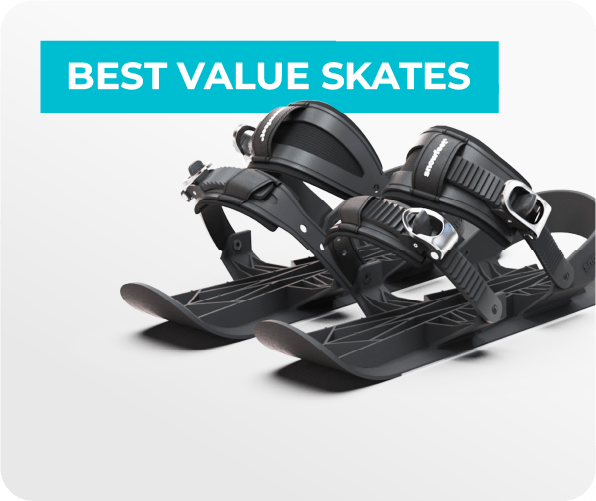
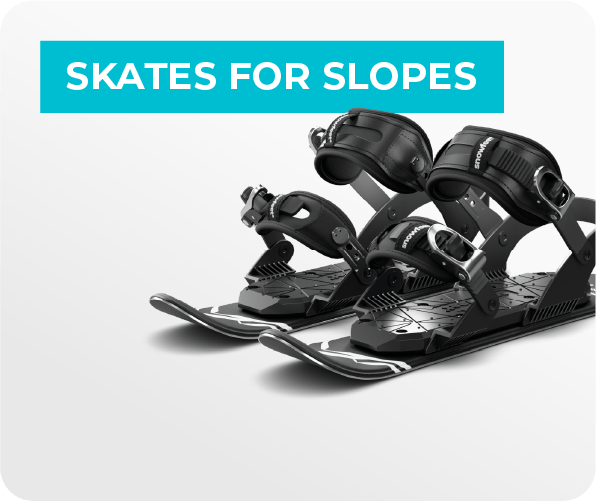
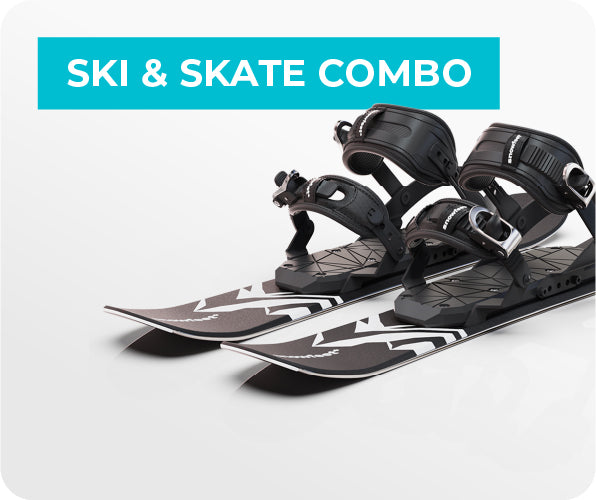
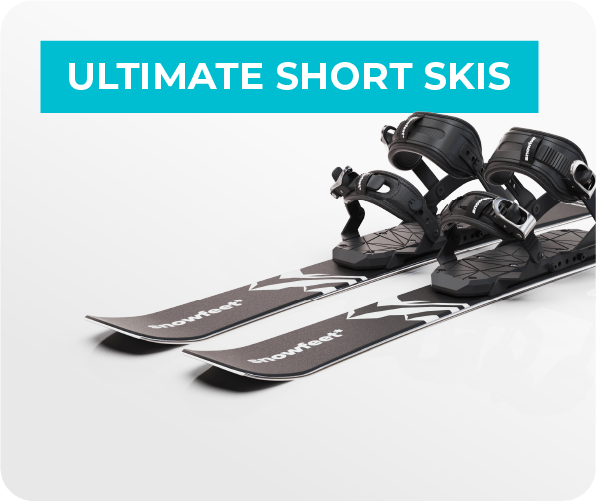
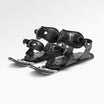
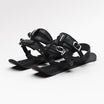
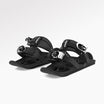
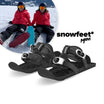
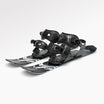
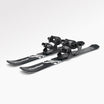
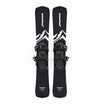
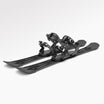
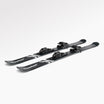
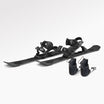
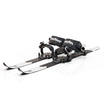
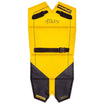
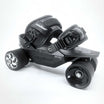

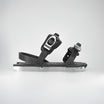
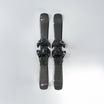
![What Are Freeride Skis? Guide to Big Mountain & Powder Skiing [2025]](http://www.snowfeetstore.com/cdn/shop/articles/6824280c59ff61289922745c-1747201701457_336a2ff3-5c1d-46d7-81ca-49cf84514448-3072864.jpg?v=1758688828&width=1500)
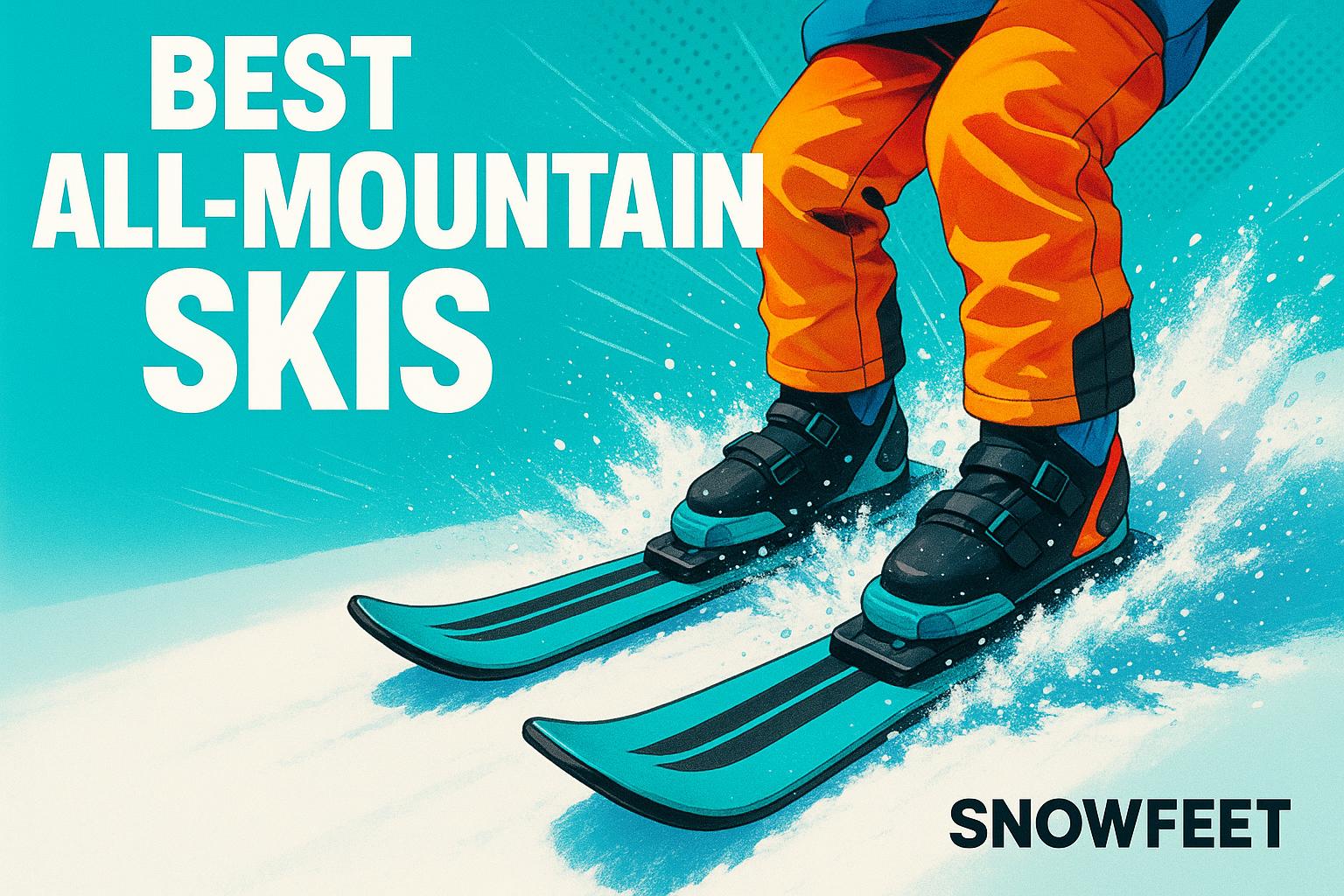
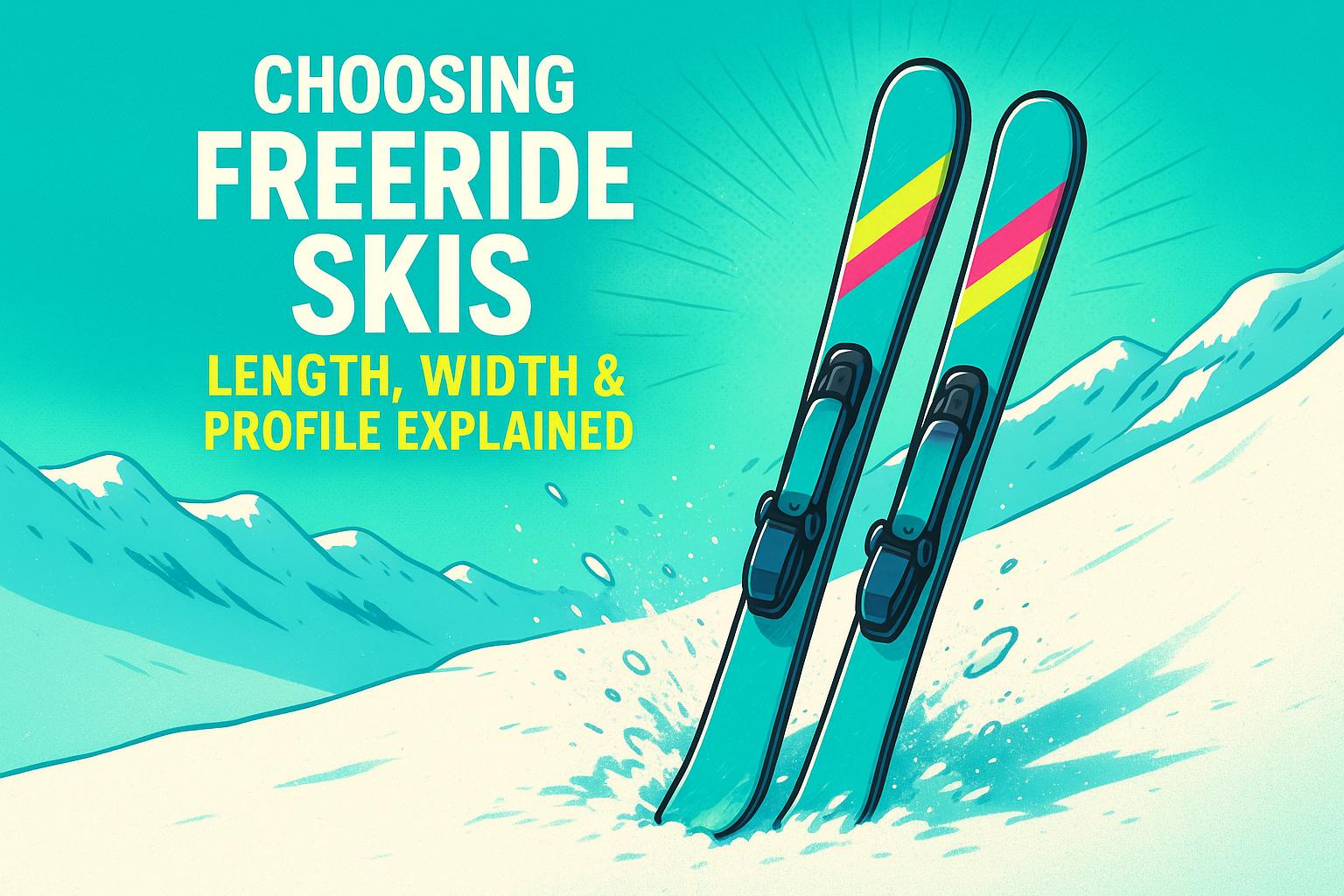
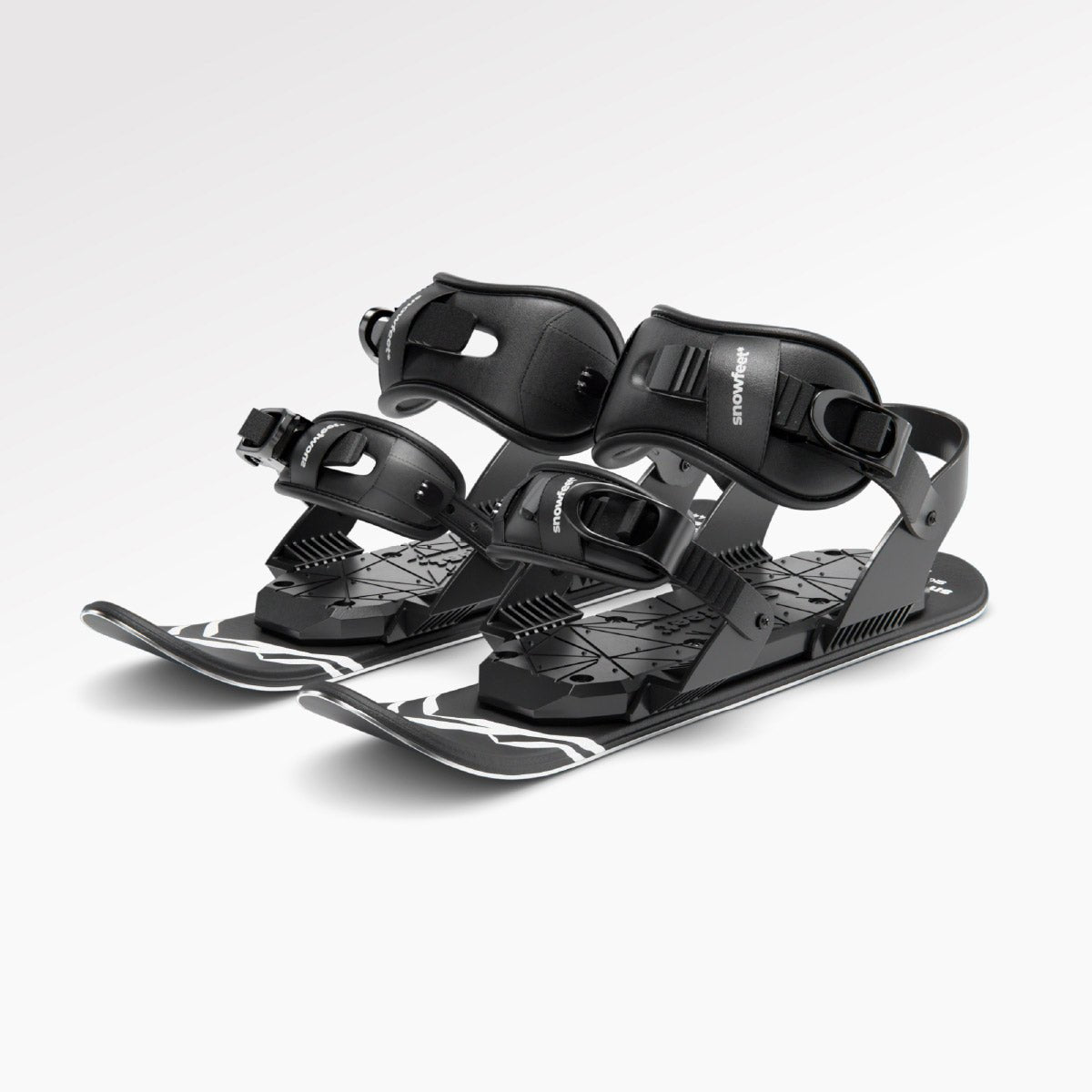
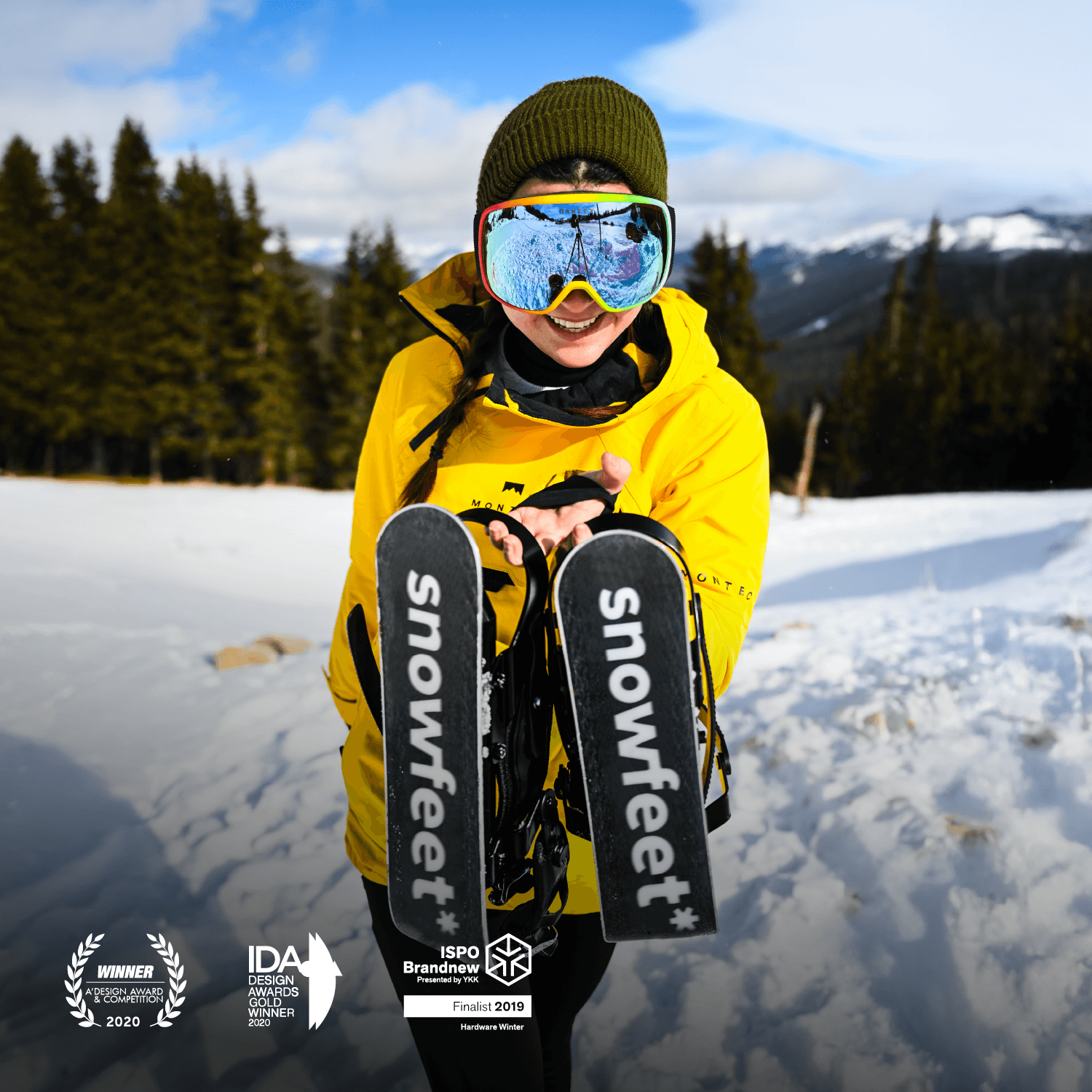
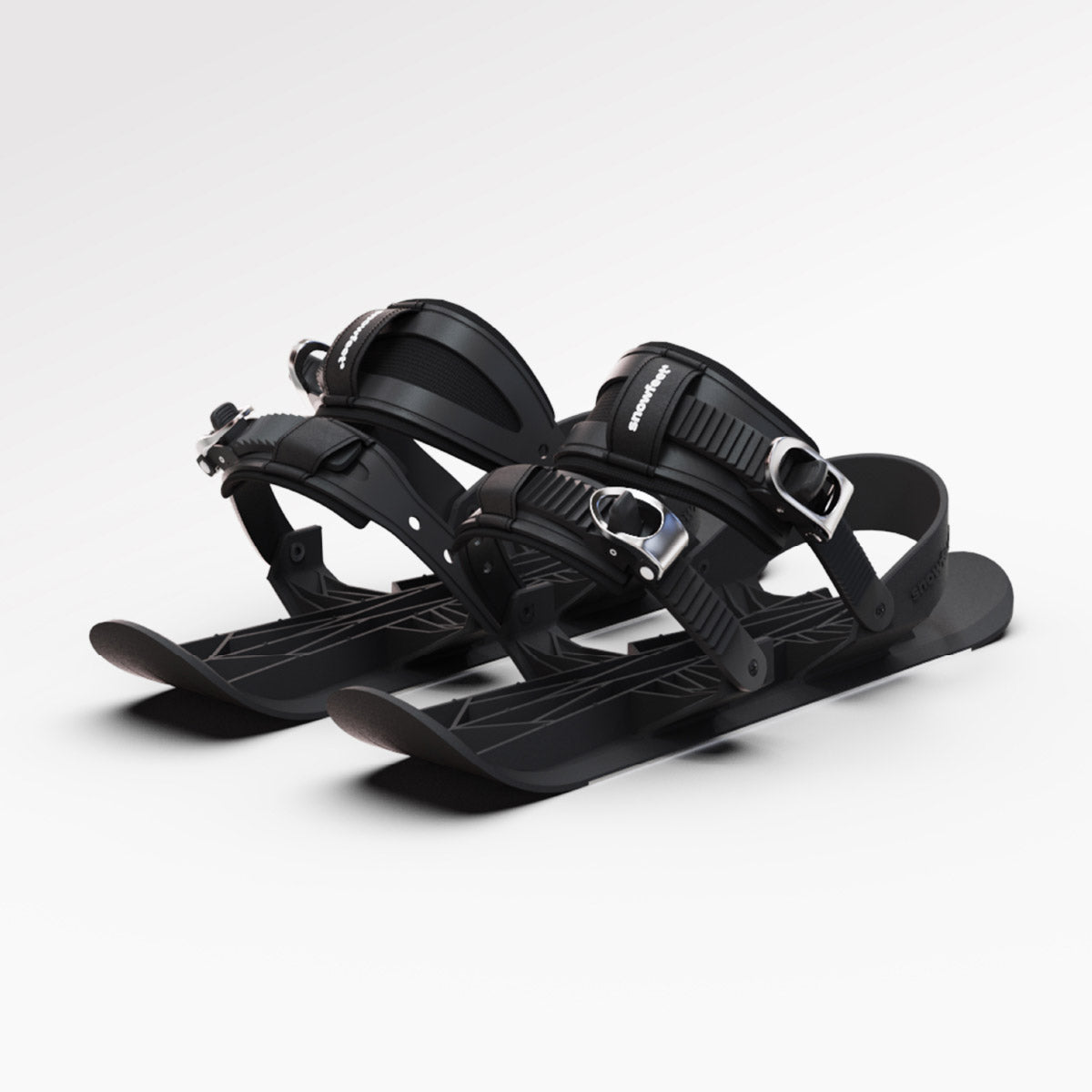
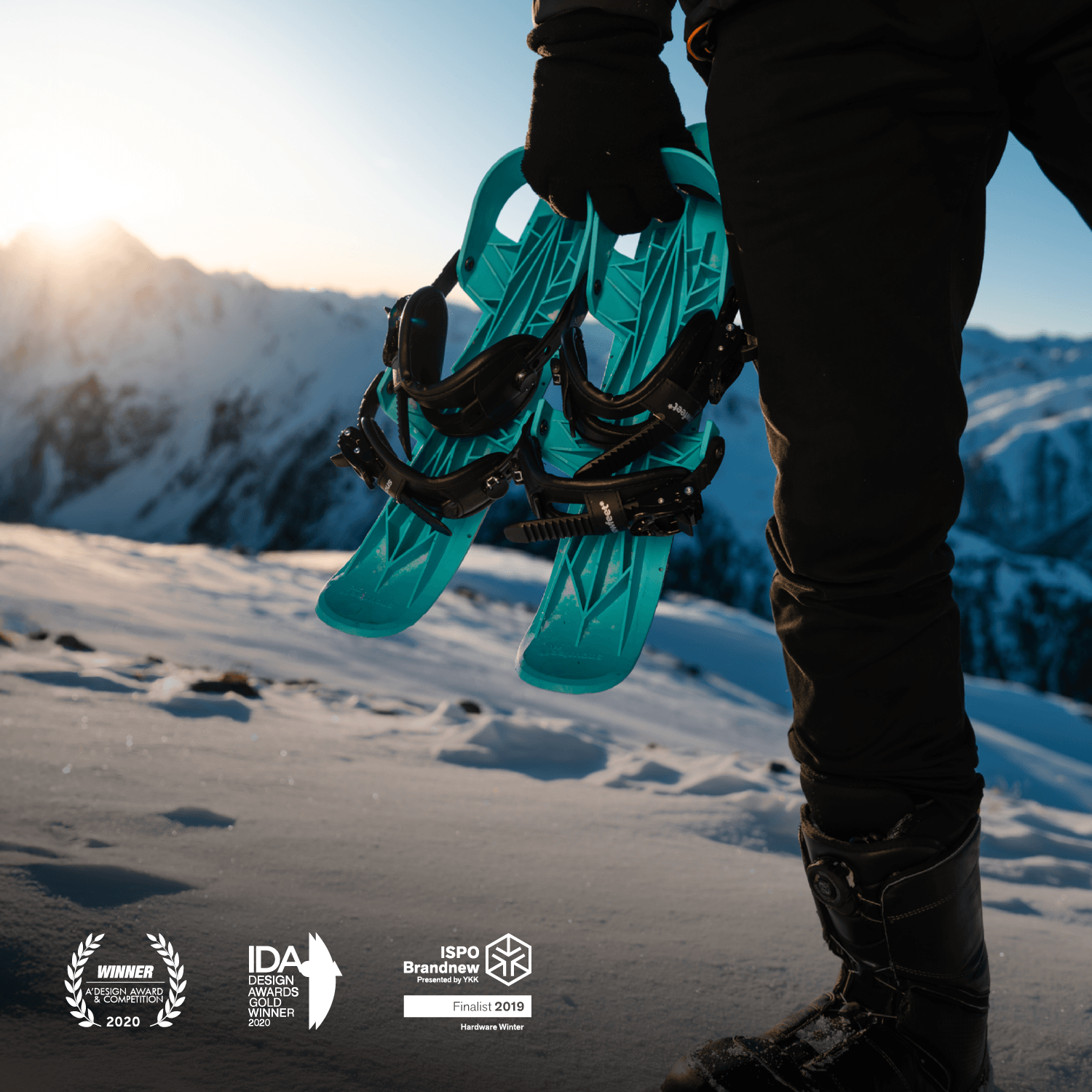
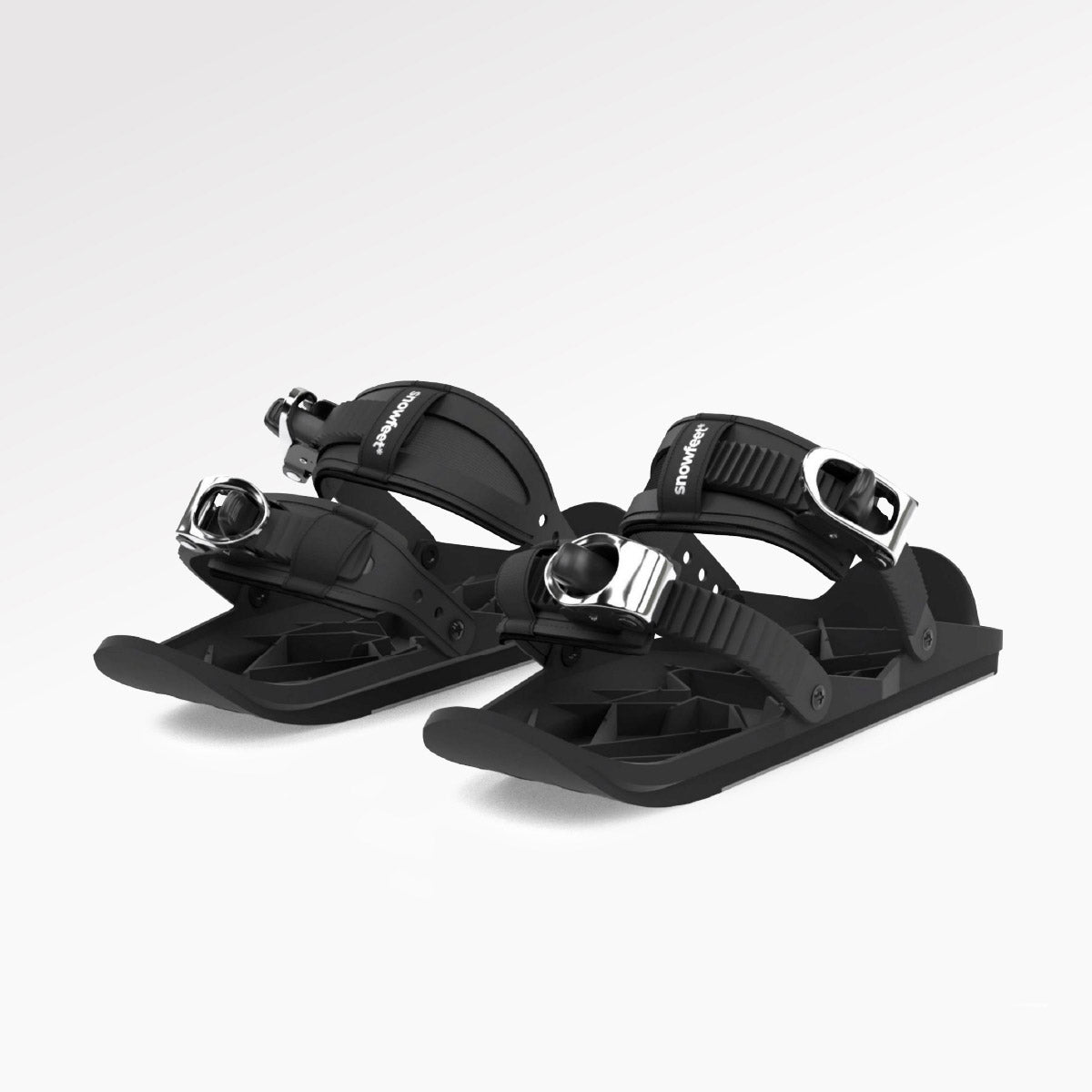
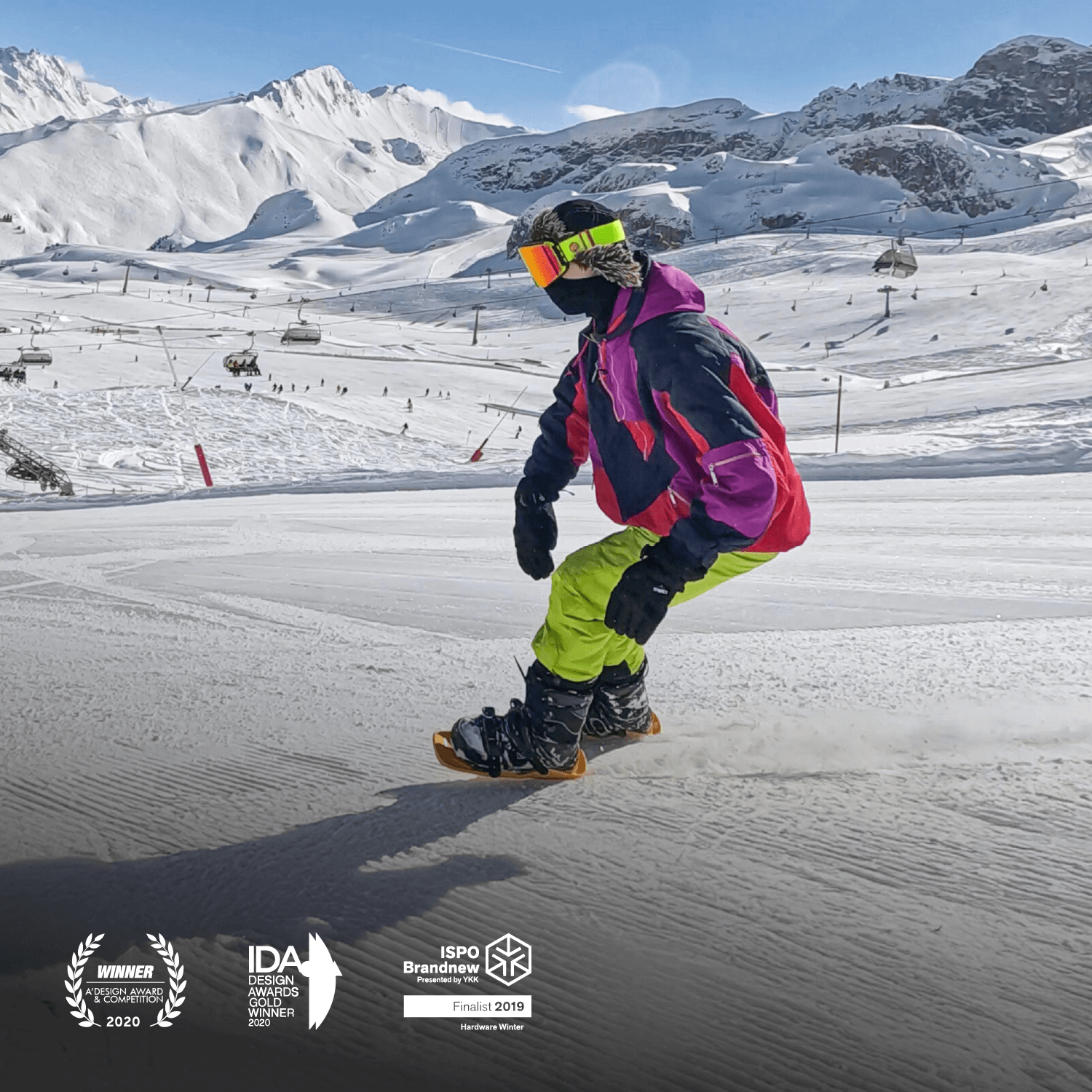
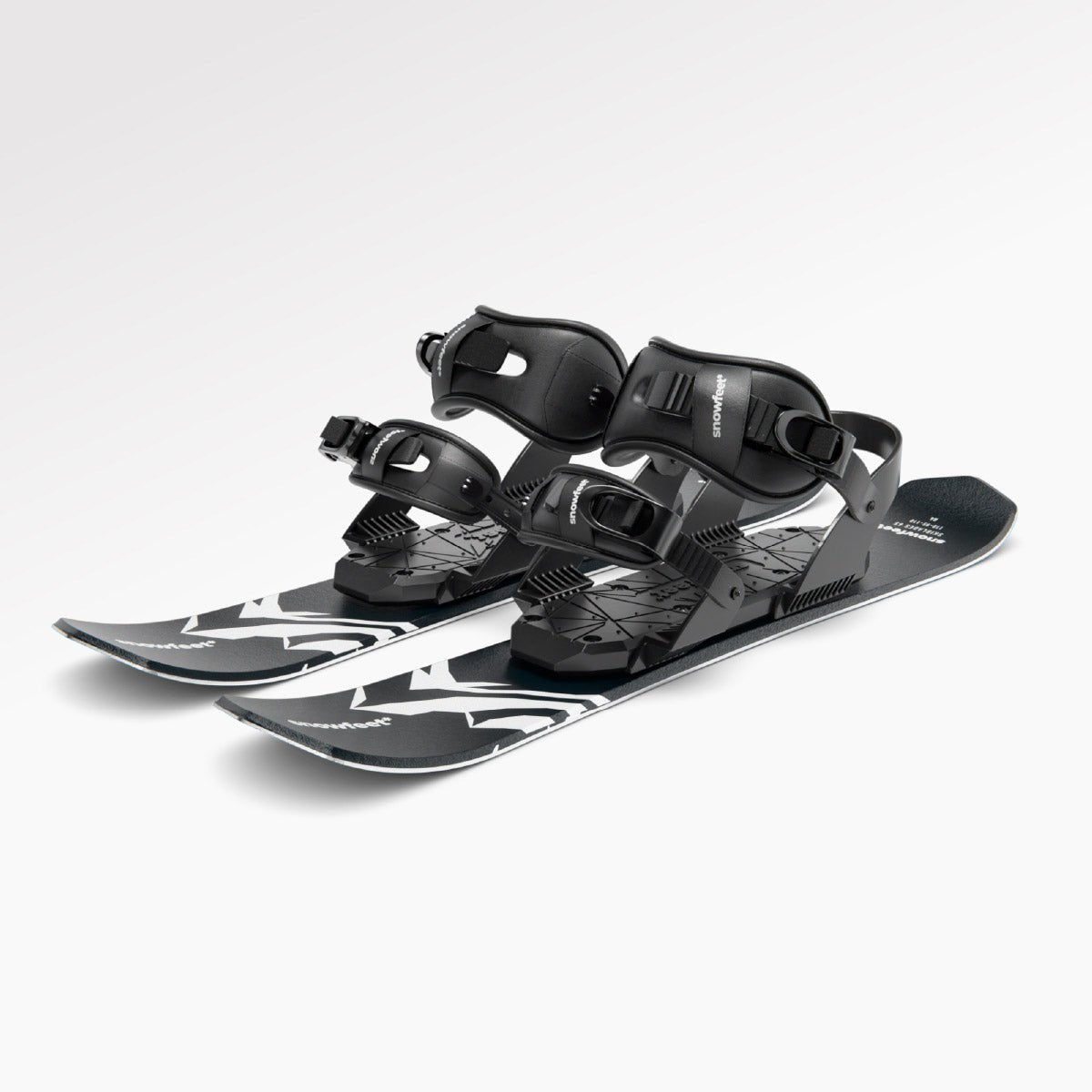
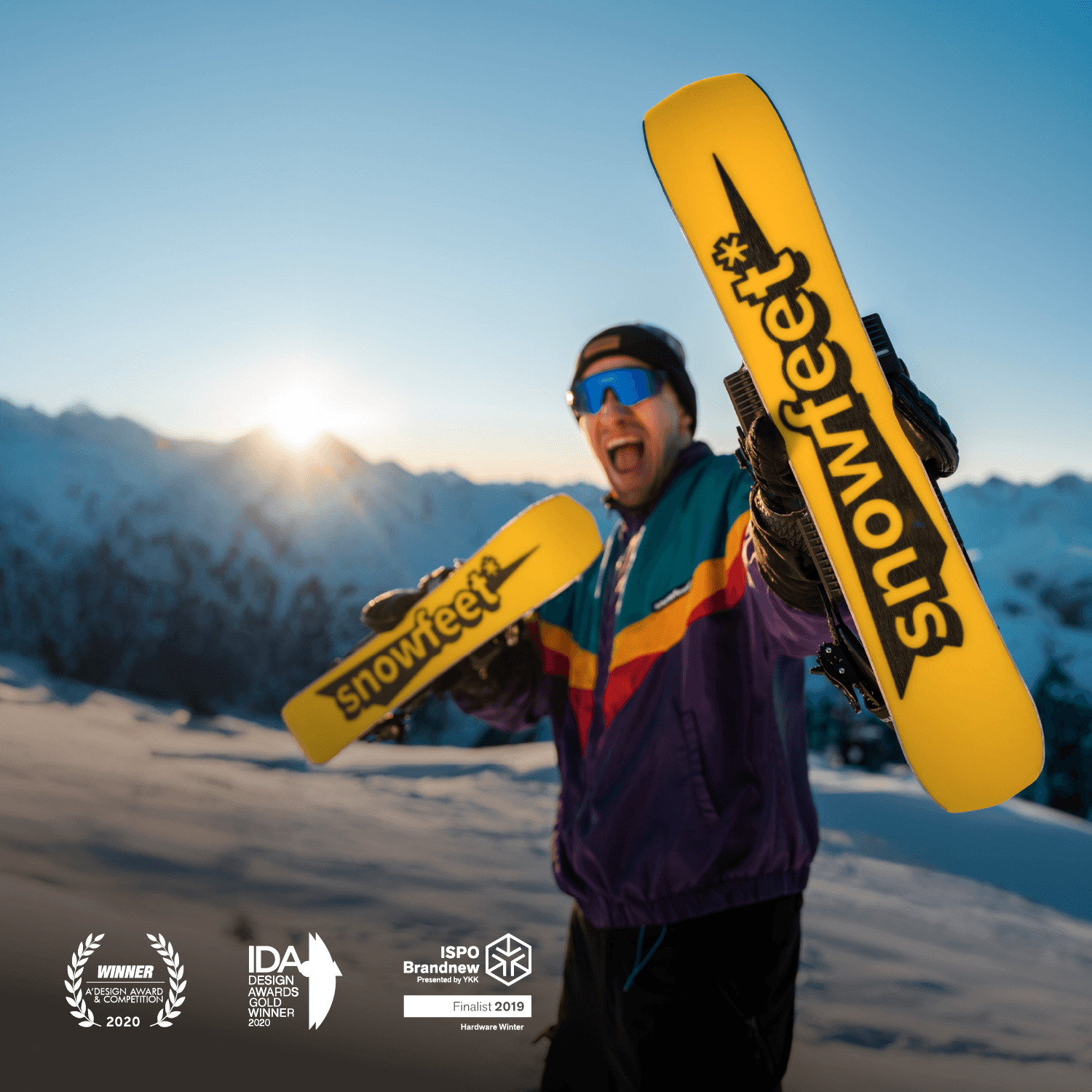
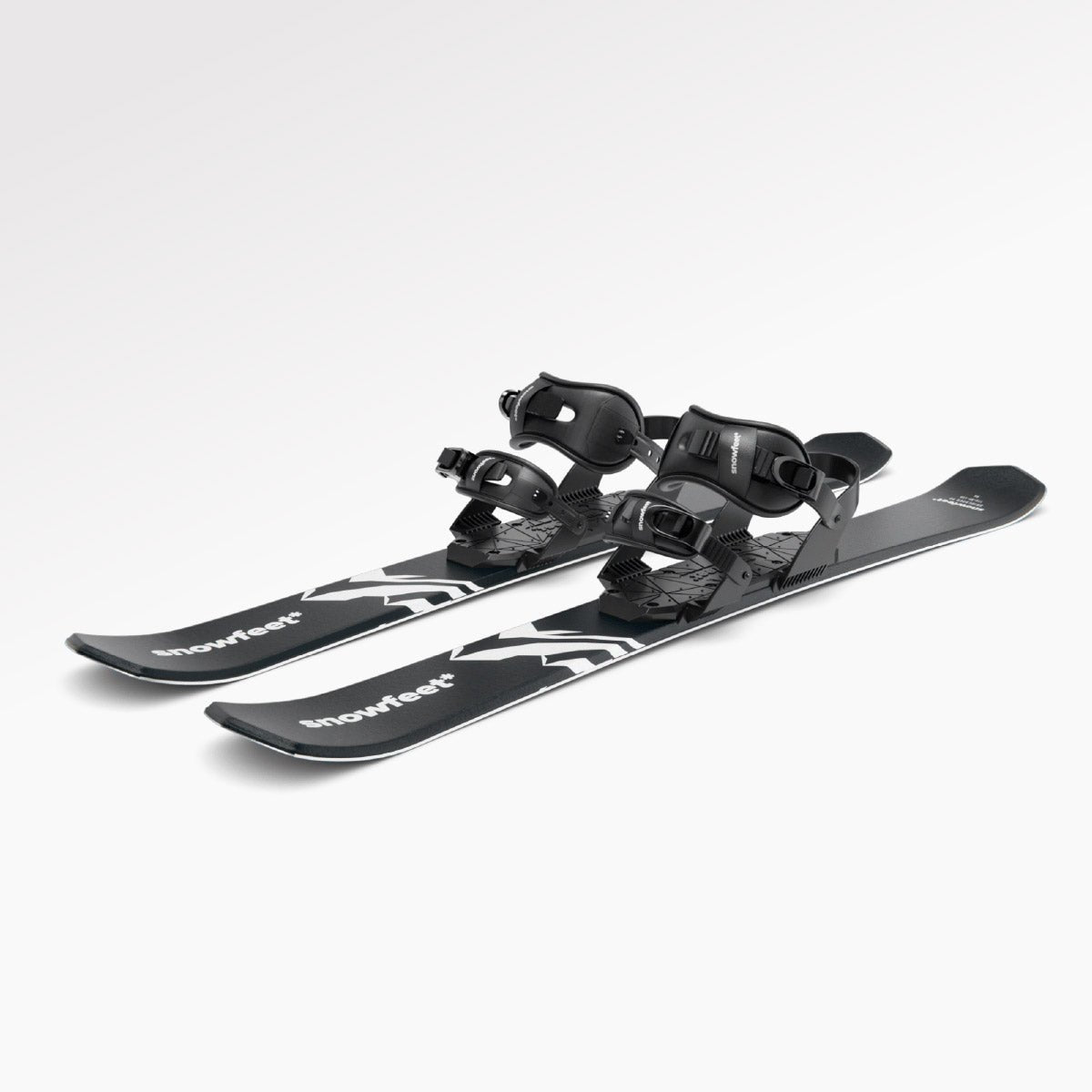
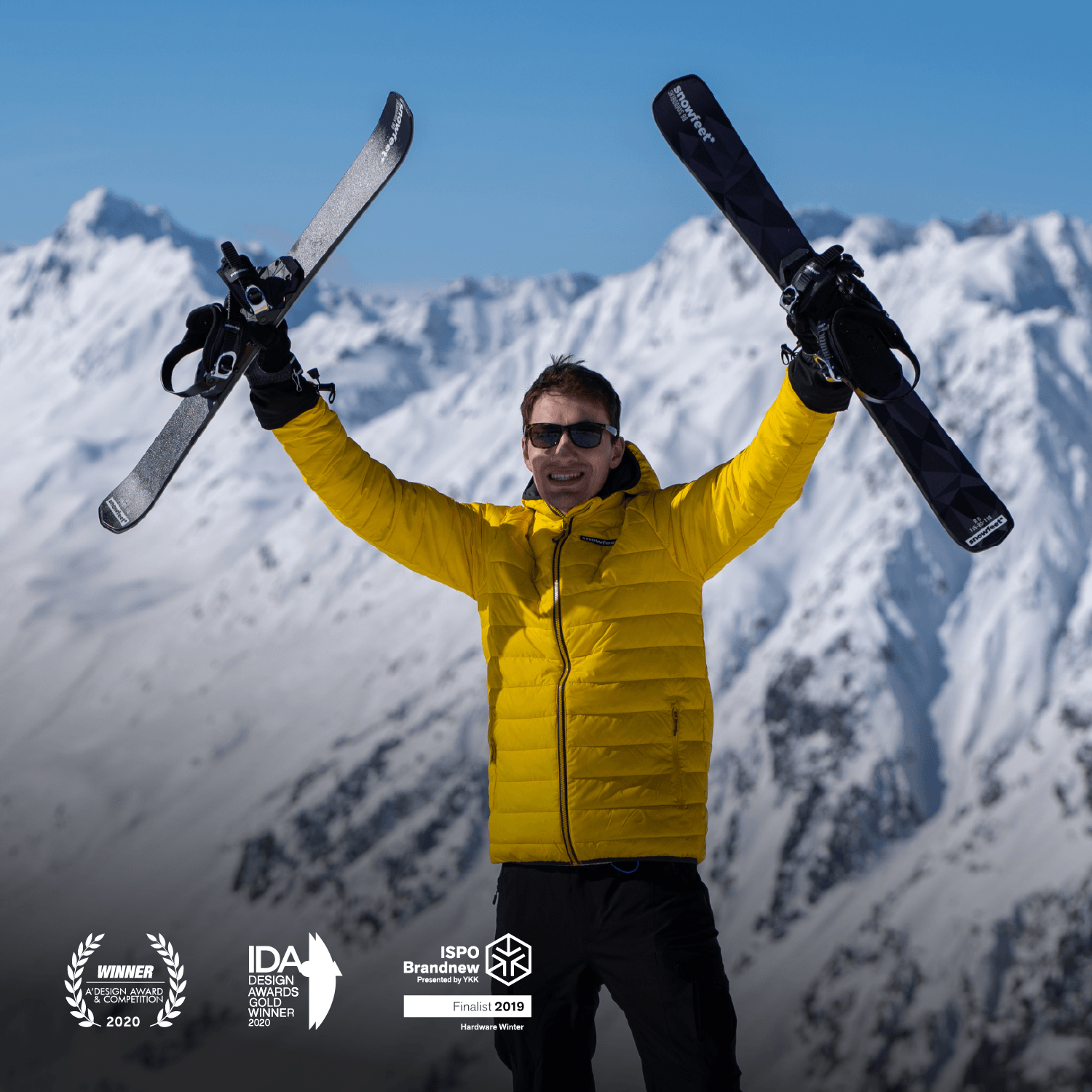
Leave a comment
This site is protected by hCaptcha and the hCaptcha Privacy Policy and Terms of Service apply.